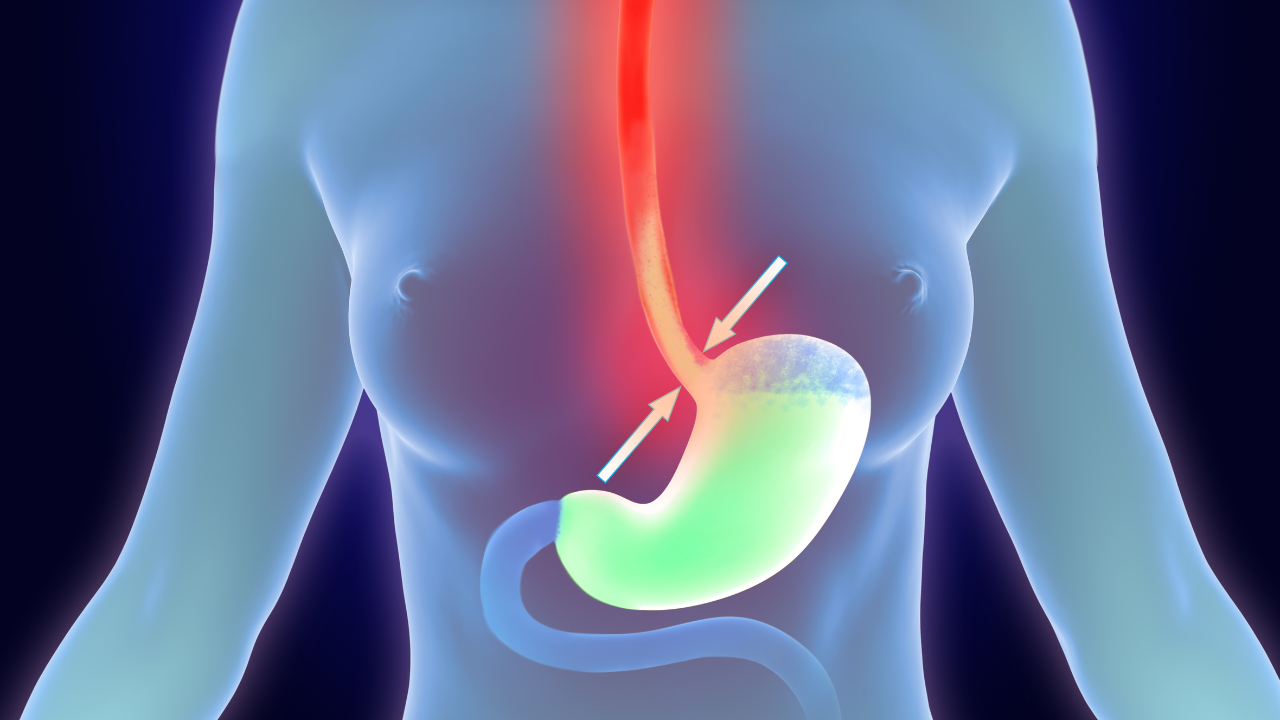Research Highlights:
Main Point 1: A study supported by the Life Extension® Foundation investigates the bioavailability of ursolic acid in humans, a compound with potential anticancer and anti-inflammatory effects.
Main Point 2: The study reveals that oral ursolic acid has low and variable bioavailability, which could be attributed to poor water solubility, metabolism by the gut and liver, and variability in gut microbiome metabolism.
Main Point 3: Preclinical research on ursolic acid absorption showed different results from the clinical study, emphasizing the need for further research in humans.
Scientifically Reviewed by: [Reviewer Name, Credentials], in [Month, Year]
Introduction:
Understanding how the human body absorbs ursolic acid, a natural compound with promising health benefits, is crucial for potential medical applications. This study, supported by the Life Extension® Foundation, delves into the bioavailability of ursolic acid in humans. Ursolic acid has garnered attention for its potential anticancer and anti-inflammatory properties, making this research highly relevant in the context of cancer prevention and treatment.
What You Need to Know:
Point 1: The study involved subjects receiving varying doses of ursolic acid, and assessments were conducted to monitor its absorption and effects. While no serious adverse events were observed, the data revealed that ursolic acid's bioavailability was low and inconsistent. Several factors may contribute to this, including its poor water solubility, metabolism by the gut and liver, and variability in how the gut microbiome processes it.
Point 2: Notably, this clinical study's results differed from earlier preclinical research, raising questions about the compound's absorption in humans compared to animals. These findings challenge our understanding of ursolic acid absorption and emphasize the need for further investigation.
Section 1: Challenges in Ursolic Acid Bioavailability
This section delves into the specifics of the study, discussing the methods, dosages, and assessments used to evaluate ursolic acid's bioavailability in humans. It highlights the challenges in achieving consistent absorption.
Subsection 1.1: Poor Water Solubility
Here, we explore the impact of poor water solubility on ursolic acid absorption. This characteristic may hinder its dissolution and uptake in the body.
Subsection 1.2: Gut and Liver Metabolism
This subsection discusses how the gut and liver may metabolize ursolic acid, potentially reducing its absorption in the intestines.
Subsection 1.3: Gut Microbiome Variability
Explore how individual differences in gut microbiomes can lead to variations in how ursolic acid is processed and absorbed.
Section 2: Bridging the Gap Between Preclinical and Clinical Studies
This section highlights the disparities between preclinical and clinical research on ursolic acid absorption. It emphasizes the importance of aligning these findings for a comprehensive understanding.
Summary:
In conclusion, this study supported by the Life Extension® Foundation sheds light on the complexities of ursolic acid absorption in humans. Its low and variable bioavailability poses challenges for potential medical applications. These findings call for further research to bridge the gap between preclinical and clinical studies and better comprehend how this compound interacts with the human body.
References:
- Shim KS. (2015) Nutr Res. 35(1):49-55. Link
- Siegel RL, Miller KD, Jemal A. (2015) CA Cancer J Clin. 65(1):5-29. Link 3. Afzal S, Nordestgaard BG. (2014) Br Med J. Link










